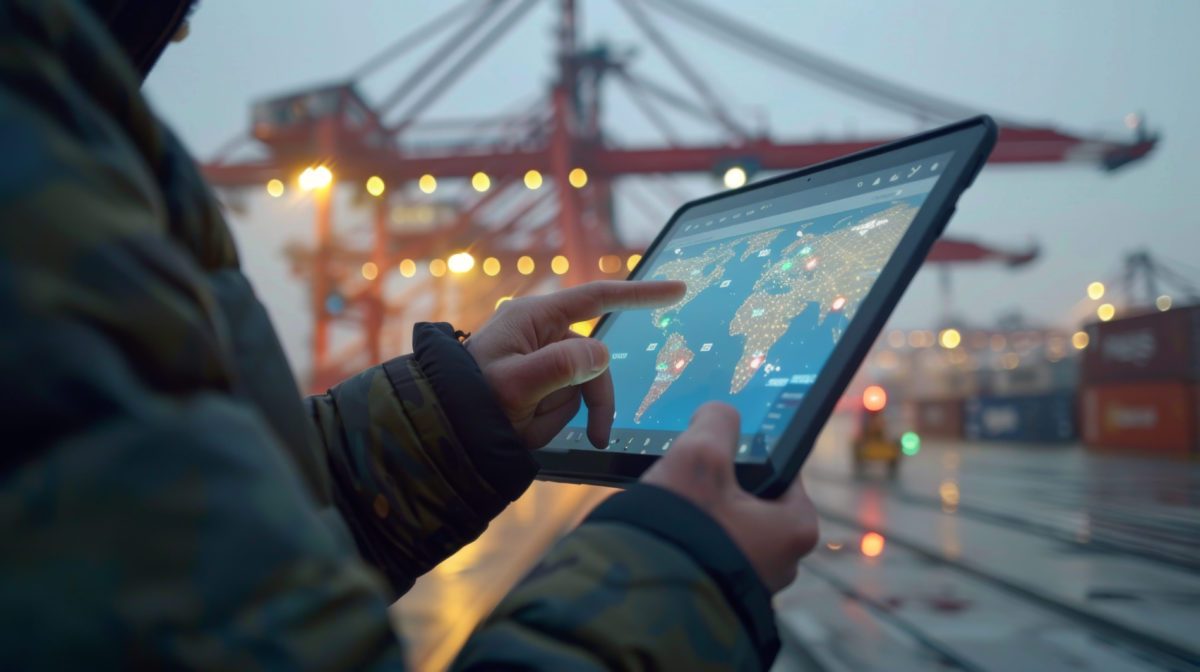Five Critical Considerations for Sustainable Mining Operations
This article is the fourth instalment of a five-part series exploring critical environmental and social performance issues for the metals and mining industry. Each article poses a question for organizations in the industry and explores the importance and value of being able to respond ‘Yes.’
4) Can you ensure your sustainability data and information are accurately and efficiently managed?
By Josh Hendry, Senior Consultant and Johannes Gediga, VP Mining, Metals & Manufacturing, thinkstep*
Previous articles have touched on the increase in sustainability performance expectations on the mining and metals industry, focused on environmental, social and governance (ESG) issues.
The proliferation of reporting schemes such as CDP, GRI and SASB – and the increasing pressure from investors for the companies they invest in to be part of them – means that companies are having to devote a growing amount of time and resources to manage large amounts of data across numerous operations, regions and countries.
These measures have grown in importance in recent years as investors and consumers have demanded more information about how companies – and their suppliers such as mining and metals companies – are dealing with ESG factors such as greenhouse gas emissions, water use, labour conditions and conflict minerals. This is in addition to reports on health and safety that are now a routine part of the industry’s day-to-day operations.
The demand for more data is not just external – there are also internal drivers to be more transparent, with managers wanting to know how the company is performing in relation to both past performance and how competitors are doing.
The growing availability of data has led to calls for greater transparency, and both investors and consumers have shown themselves ready to vote with their wallets and refuse to invest in, or buy from, companies that cannot show they are taking ESG seriously.
However, despite the growing amount of data that is available and the higher demand for it both within the company and from outside sources, the gathering and use of the figures is still not as good as it could be in many organisations.
In part, this is simply because of the sheer amount of data that is needed from multiple sources at different sites across the world. Not only is there a vast amount of information to collect on everything from workplace accidents to water and energy use, but often the same information is being collected and used differently by different departments. The information that energy managers require about energy consumption, for example, has a different focus than that of the finance department, which in turn differs from what sustainability departments need. In conversations with a North American base metals company, it was noted that many mining companies are providing very similar data to multiple commodity associations. Despite these similar efforts there is rarely any efficiencies realized as data collection is typically not managed in a way that allows for sharing of this information from project to project.
Another problem is that regulators across jurisdictions want different things, meaning that each mine or production facility collects different information, or uses different parameters. All of this can add up to a significant drain on resources – one precious metal producer told us recently that it can take one person up to two weeks every month producing all the data needed to produce management reports and KPIs.
Since the data collection requires a strong understanding of mining and production processes, the personnel responsible typically are spending time on data collection instead of their primary field of work. Multiple companies have told us that this requires time and resources that could be better spent on improving processes/efficiency or other performance improvements that can add value to the company.
But another part of the problem is the technology involved. Many companies are still using Excel spreadsheets to compile the necessary information but even those that have either built or bought some kind of software package will use it only for specific tasks. Information that could be usefully applied across the company remains stuck in separate silos.
It is no wonder that companies see reporting requirements as an onerous chore rather than a useful business tool – they are limited to simply reporting on the data they collect rather than managing it.
Yet it is becoming increasingly obvious that the same data has multiple uses, from compiling internal reports to filling in submissions to organisations such as CDP and comparing performance between different sites within the company or between different organisations.
Managing sustainability data more effectively will bring benefits in terms of cost savings and better allocation of resources, as well as in improving company reputations and strengthening brands. The challenge is not unique to the metals and mining sector. Kimberly Clark, one of the world’s biggest consumer goods corporations with more than 42,000 employees, used thinkstep’s SoFi software to better manage its sustainability related business opportunities, resulting in annual savings of more than $30 million USD.
It is time to truly embed sustainability into the culture of the industry in the same way safety has been. To do that effectively companies must have systems in place to consistently measure, track and report on all aspects of their business.
For more information about how to bring value to your business by managing your sustainability data more accurately and efficiently, please contact Josh Hendry at [email protected]
*PE International changed its name to thinkstep in March 2015.
{{ commodity.name }}
{{ post.title }}
{{ post.date }}




Comments